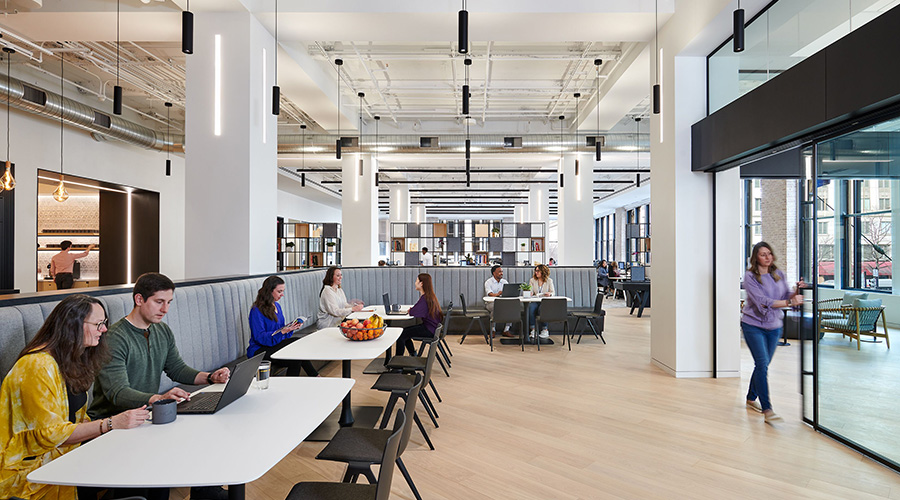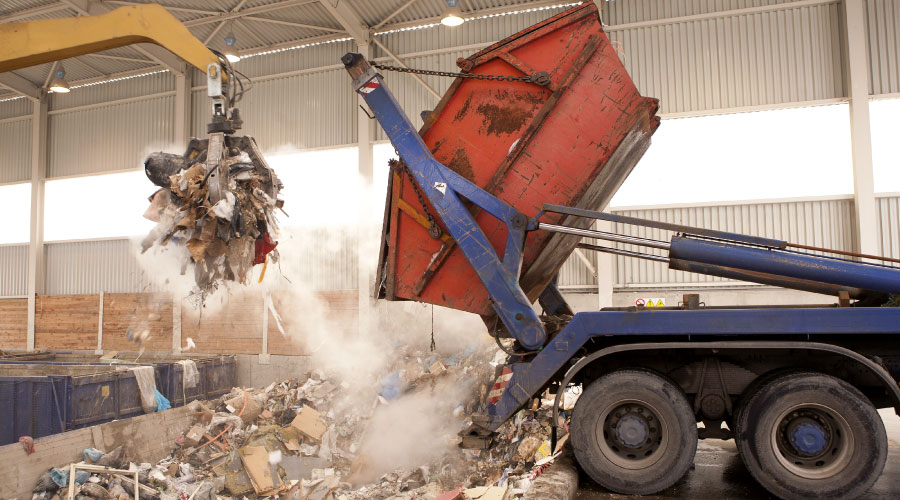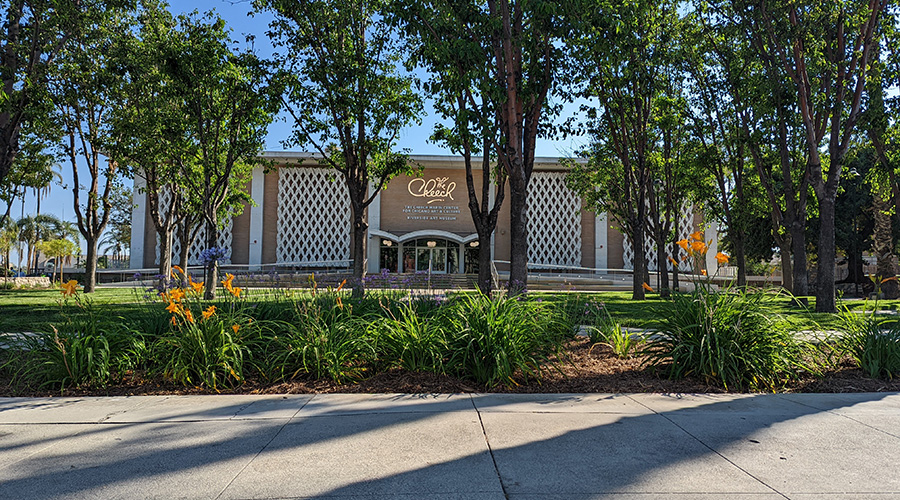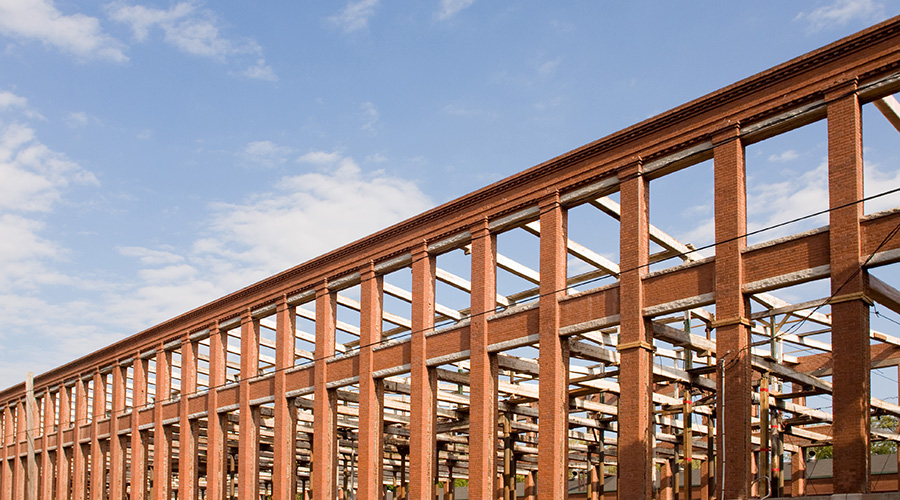 The adaptive reuse project for HGA’s Washington, D.C., office involved renovating a former retail space. HGA
The adaptive reuse project for HGA’s Washington, D.C., office involved renovating a former retail space. HGAChallenges Surrounding Adaptive Reuse
Owners and managers need to prepare carefully and respond creatively when addressing challenges of renovating outdated buildings.
Among the most challenging issues facing building owners and managers involved in adaptive reuse projects are the many uncertainties an aging and unfamiliar building can present.
“The infrastructural characteristics of an existing building weigh really heavily on the outcomes,” Zirkle says. “These are often areas where you have to spend time, energy and money to solve problems with things that you don't see.”
Jelinek says her firm’s adaptive reuse project was made more complex by a lack of documentation on the target building.
“With it being a historic building, there is actually not a lot of documentation on the building and what the existing conditions were,” she says. “We didn't uncover that the structure and that it had a wrap floor until we started doing demolition. That was a great lesson learned.”
Increasingly, building owners seeking answers on the condition of a facility are addressing such issues by bringing in new-generation imaging technology — including building information modeling (BIM) — into the project to address and ideally resolve these uncertainties.
“It’s critically important that we are as accurate with that model as we can be,” Morrel says. “In terms of the challenges, you're working off limited information, and it's probably more typical than not that we don't have any drawings or good drawings of the original building. We do our best with laser measures and literally hand measuring buildings to confirm what we know about the physical aspects of the building.
“What's much more common these days is point cloud scanning, where people provide us with a 3D model of the existing conditions for buildings that are not plumb or square, where the roof rafters may be sloped or sagging, where the wall might have bowed over time. Many more owners these days see the value in paying a couple thousand dollars to get the building scanned so we have the best quality information to start from. There are serious limitations to people on ladders trying to measure a building.”
Historical building challenges
Another potential hurdle when adapting existing buildings is that they can have historic significance — an issue that creates additional steps in the process.
“One of the things you bump up against with the building code is that there are protections for older buildings,” Zirkle says. “For example, depending on where you're at, when a use change occurs in excess of 10 percent of the existing floor area, you could have some mandatory upgrade requirements. Those are the kinds of things you know may not see coming."
Building owners and managers also might run into complications if the target building does not allow the organization to renovate the building in ways that meet the project’s key goals.
“Design and layout limitations present another set of hurdles, as original layouts may not easily accommodate new uses, and balancing preservation of character with modern functionality can be difficult,” Parlato says. “Accessibility requirements often necessitate substantial modifications to meet ADA standards. Additionally, community and stakeholder concerns can complicate the process, with potential pushback from local residents, conflicts between different stakeholders, and the need for cultural sensitivity when adapting historically significant buildings.”
Zirkle says these conversations are “part of a complex, multilayered conversation with stakeholders both inside the city and community groups” that help move the project forward.
“It’s very difficult to see into the future, and you have to adapt a little bit as the project evolves to deal with that,” he says. “Those kind of intangible types of impacts on the project are things that facilities managers have to factor into time frames and schedules and users’ expectations. They are hard to predict, but they’re an important part of the process, on top of all of the infrastructural things.”
For all of these challenges and complexities, adaptive reuse project can provide benefits to organizations that are often not attainable with new construction.
“These buildings kind of create the culture of the institution, if you will,” Morrel says. “By being able to retain and renovate these buildings and give them another 50, 80, 100 years of usefulness, in a day where we’re focused on sustainability and building performance, that just seems like a fairly compelling reason to try to reuse a building, as opposed to putting it all in a landfill and starting over.
“Everyone likes new, modern buildings, but you can do an equally nice project by reusing and working around the constraints of an existing building.”
Dan Hounsell is senior editor for the facilities market. He has more than 30 years of experience writing about facilities maintenance, engineering and management.
Related Topics:













